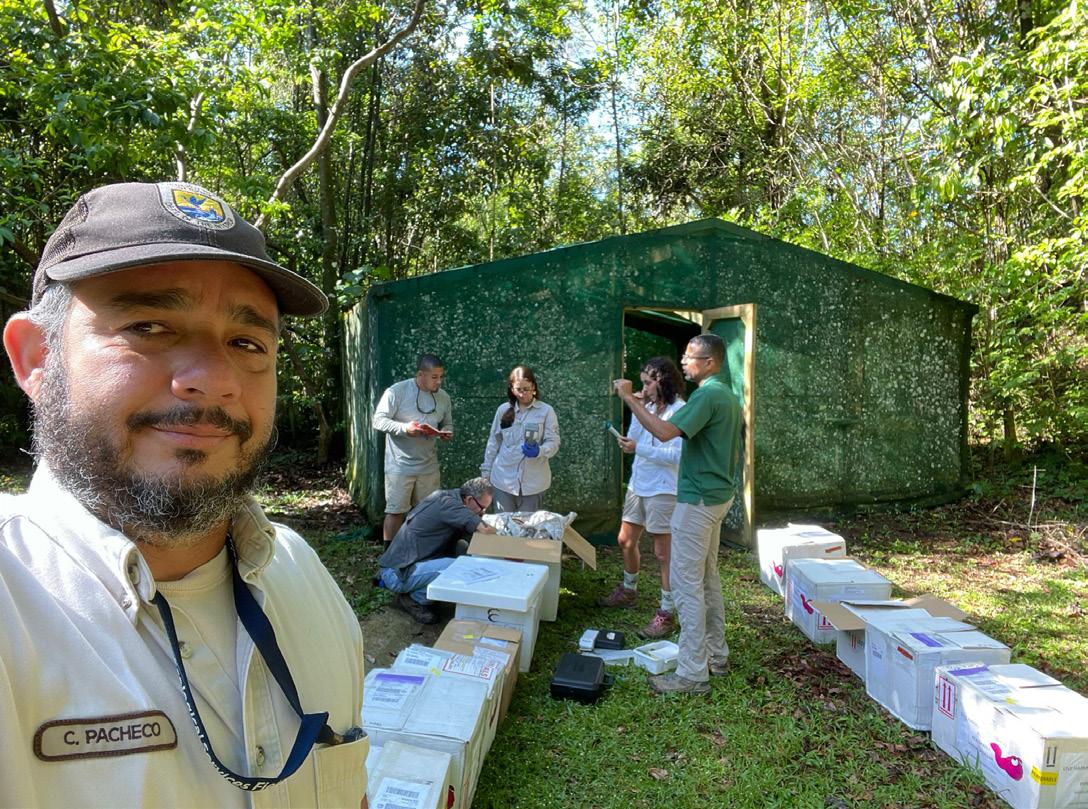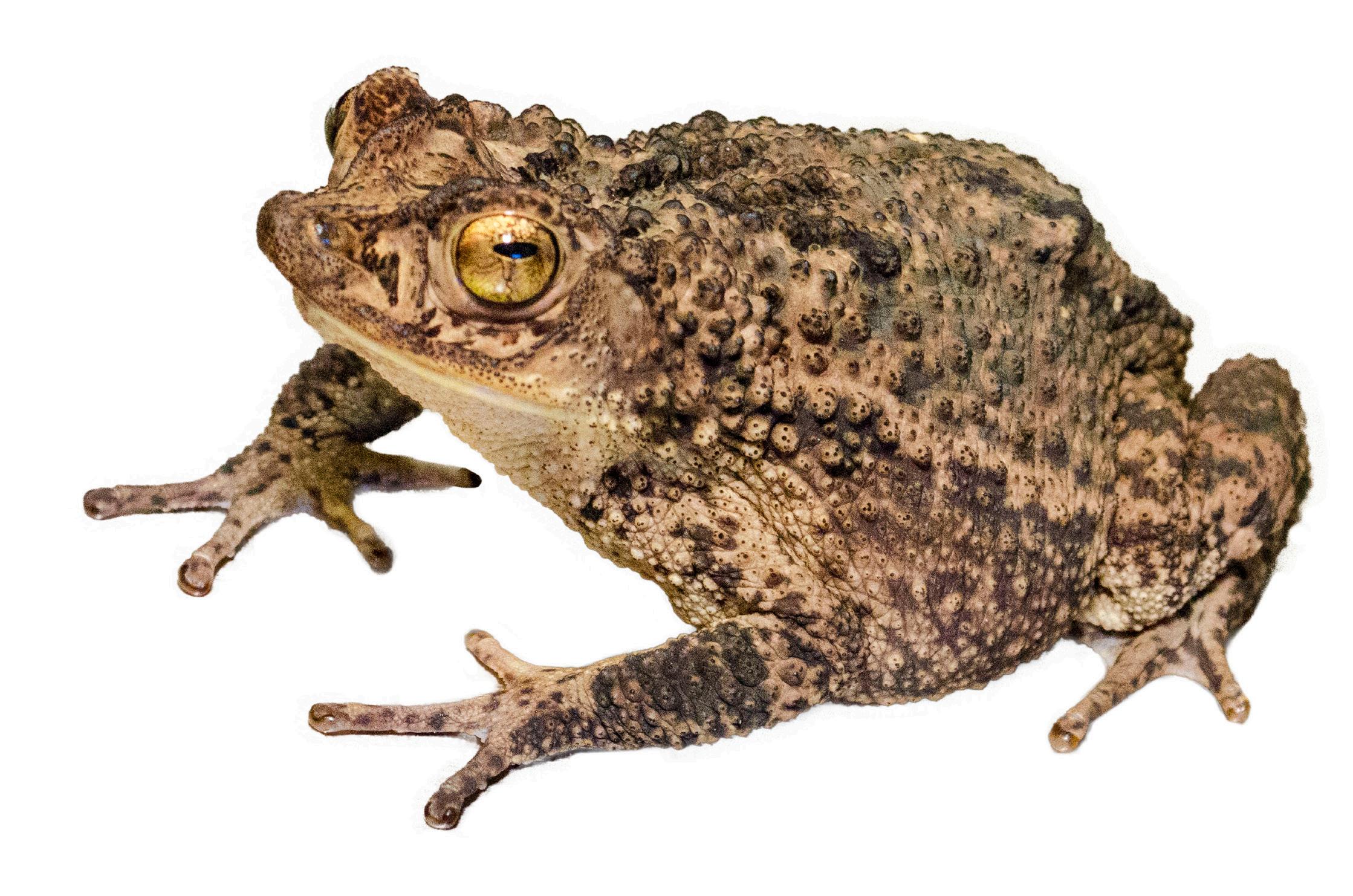
1 minute read
Puerto Rican Crested Toad
By Shannon Mcneil
In 1984, the Puerto Rican crested toad became the first amphibian Species Survival Plan (SSP) program under the Association of Zoos and Aquariums (AZA). It is currently the longest continuous-running reintroduction program for any amphibian species.
Advertisement
Though every animal is important and should be saved from extinction, this is the only native toad on the island of Puerto Rico.
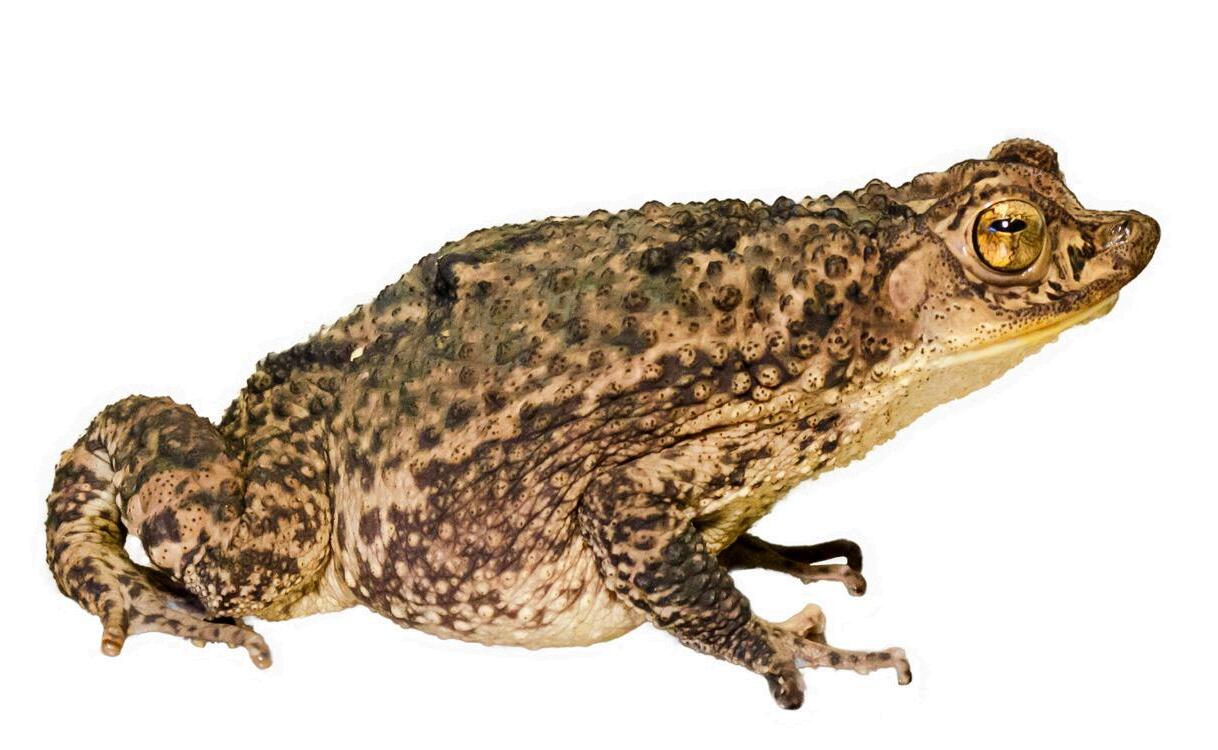
The primary threats to the Puerto Rican crested toad are habitat loss due to alteration, fragmentation and rising sea levels as well as the introduction of invasive species like the marine toads and Cuban tree frogs.
This year alone, Jacksonville Zoo and Gardens has sent 8,272 tadpoles produced by two pairs of toads to the Puerto Rican Crested Toad Conservancy for reintroduction. Breeding usually fails to be spontaneous for these animals and in most cases exogenous hormones are used to promote reproductive behaviors. Production must also be timed to ensure that toads are tadpoles for shipment and that their breeding is timed to coincide with the rainy season in Puerto Rico when the tadpoles are released. The tadpoles are shipped in regular shipping as you would for any live animal like a fish. Once the tadpoles are sent to Puerto Rico, they are acclimated in man-made ponds, where they are monitored until they metamorphose and disperse.
Currently, five man-made ponds, also known as reintroduction sites, are in historical habitats and separate from the last remaining wild population in the south. Guánica is one of the five reintroduction sites.
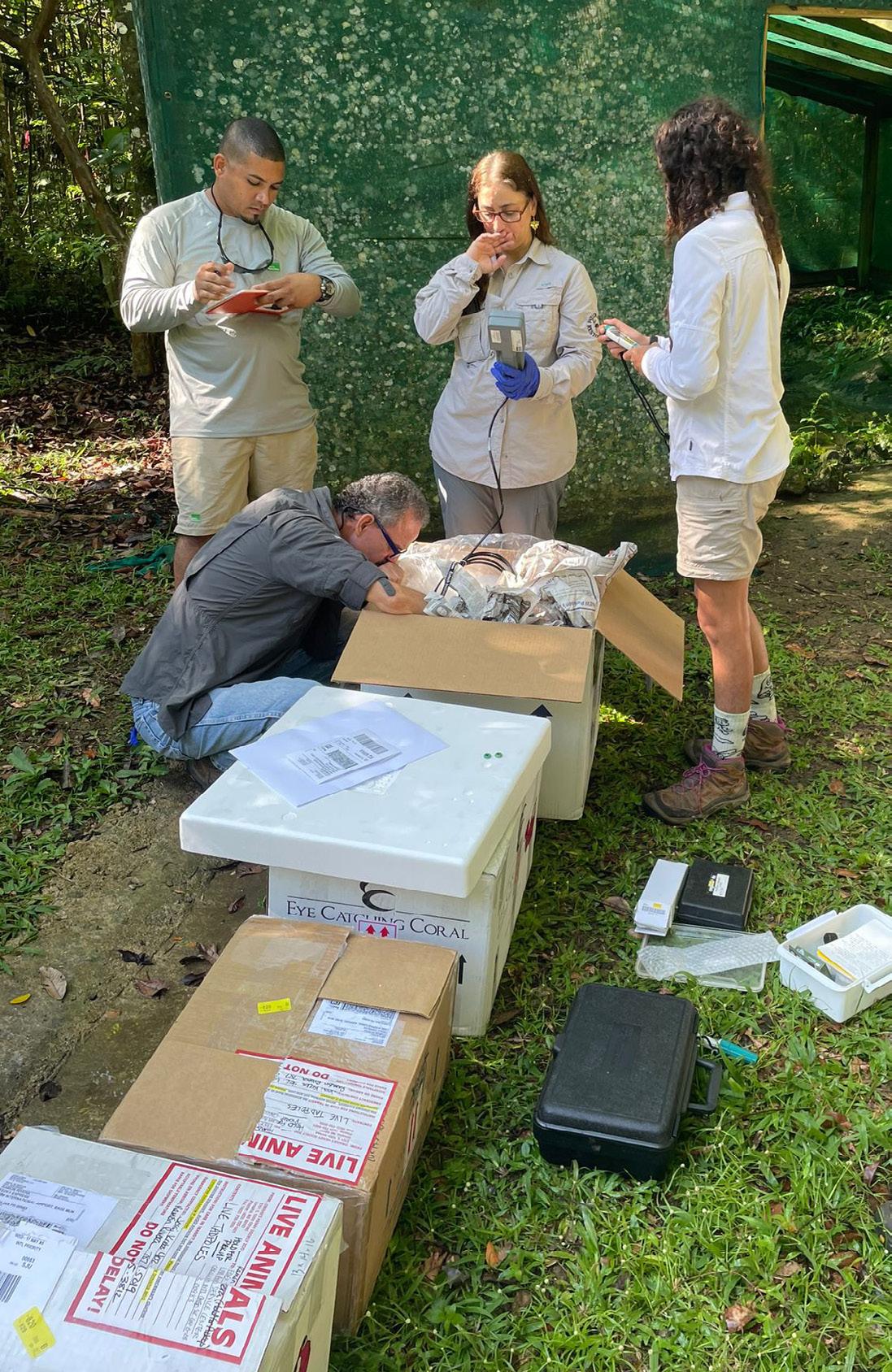
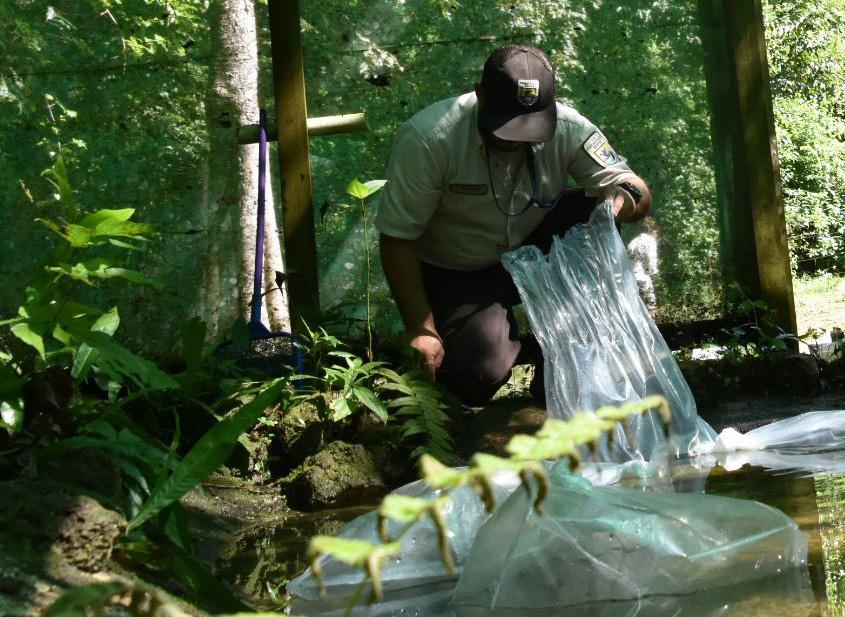
For the past 35 years, wild populations in Guánica have fluctuated from 300 to 3,000 individuals, though they are difficult to monitor due to their fossorial lifestyle and are only observed during large rain events for breeding. It is hard to know exactly what the population numbers are. The International Union for the Conservation of Nature (IUCN) classifies the toad as critically endangered in 1987 with an estimated 1,000 to 3,000 adult toads remaining in the wild. Since 1992, more than 600,000 captive hatched tadpoles have been reintroduced from more than 20 zoos across the country.
